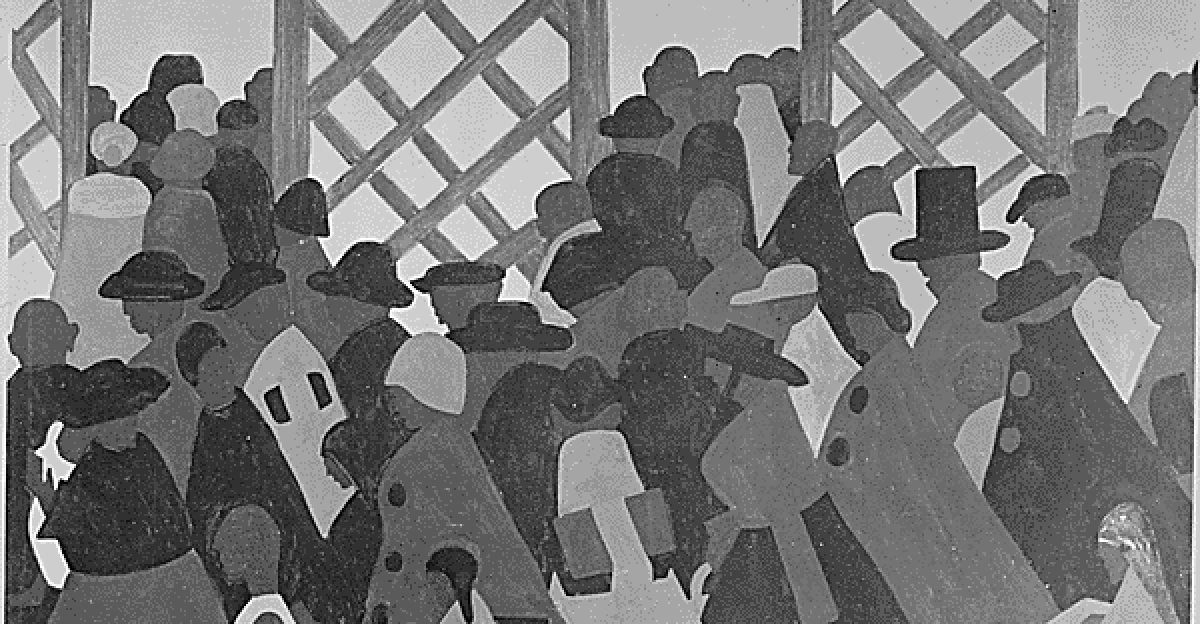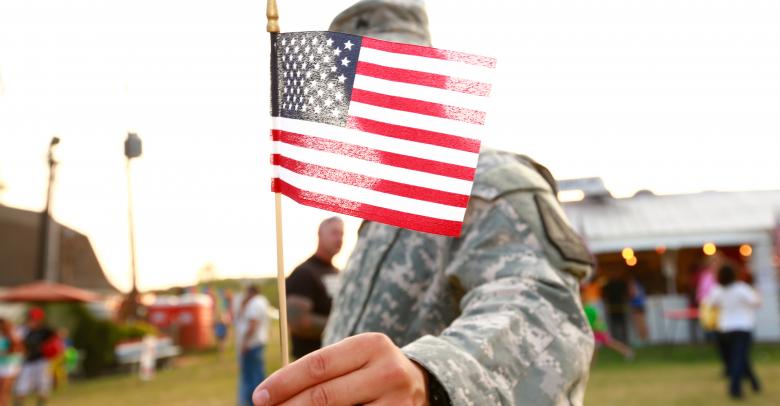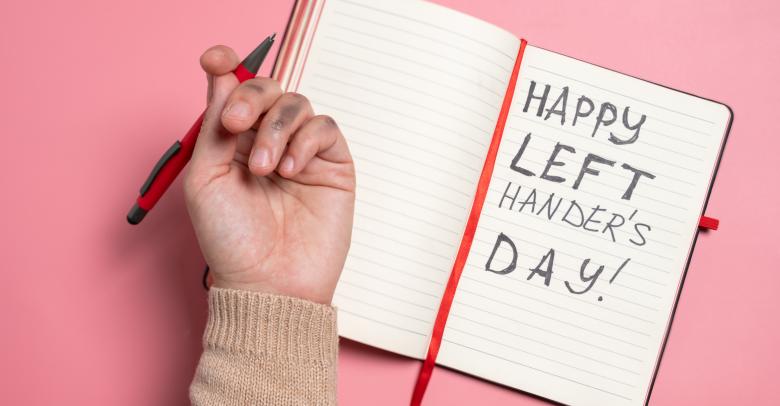Celebrate Black History Month this year with activities that use the lenses of Black artists to provide students with a deeper understanding of how Black Americans in the mid-20th century lived.
Table of Contents
This full unit of Black History Month activities incorporates art, history, reading, writing, and discussion while exploring the works of Langston Hughes, Jacob Lawrence, Helene Johnson, and Paul Laurence Dunbar.
Guiding Questions
How do Jacob Lawrence’s paintings, Langston Hughes’ narrative, and the poetry of Helene Johnson and Paul Laurence Dunbar represent African American lives and changing roles during the Harlem Renaissance and The Great Migration?
Learning Objectives
- Identify how the painting and poem reflect at least one aspect of modern life in the United States.
- Examine how Johnson uses poetic devices, such as imagery, word choice, and rhythm, to create tone and meaning.
- Analyze how visual effects interact to create tone and meaning in Lawrence’s paintings.
- Compare and contrast the ways Hughes and Dunbar represent the role of African Americans in the past.
- Reflect on the historical context of these works of art.
Historical Background
Provide the students with historical background about each artist, including Jacob Lawrence, Langston Hughes, Helene Johnson, and Paul Laurence Dunbar.
Activity One: Initial Responses
Display Lawrence’s painting And the migrants kept coming from 1941. Ask students to reflect in their journals on their initial impressions of this piece of art before being given any information. Lead a Think-Pair-Share activity. Guide students in a whole-class discussion: What might be happening in the picture? What emotions does the painting evoke in you? Does the painting remind you of any other story, art, or experience? How does the artist’s use of color, shape, and lines create an impression on the viewer?
Activity Two: Read and Discuss
Read the poem Sonnet to a Negro in Harlem by Johnson to your students. Ask one or two students to read it aloud as well. Discuss with the class the following:
- Who is the subject of the poem?
- What words does the poet use to describe the subject?
- What is happening in the poem?
Read aloud the poem Kids Who Die by Hughes. Ask one or two students to read it aloud as well. Discuss the following:
- Who does the poet refer to with the term ‘kids’ in this poem?
- What is meant by this line: Don’t want the people to get wise to their own power
- How is this poem relevant to the period in which it was written? How is it relevant today?
- How does Johnson’s poem portray the history of African Americans in comparison to Hughes’ portrayal? How are they different?
Activity Three: Compare and Contrast
Read aloud the poem We Wear the Mask by Dunbar. Ask students to create a Venn diagram to compare and contrast Dunbar’s poem with Lawrence’s painting. Encourage them to compare the subjects of both pieces of art. How are the tone, mood, and imagery the same and different between the two pieces? Ask them to draw conclusions about the mask in Dunbar’s poem and how it relates to the subjects from other material discussed during this unit.
Assessment
Assign students a one to two-page essay on the following prompt:
How do the works shared in class represent and symbolize the changing roles of African Americans between the late nineteenth century and 1941? How are these artistic representations relevant in today’s society?
Possible Extension Activities
Participate in similar activities with music and other subjects.
- Discuss the impact of rhythm, lyrics, and instruments on various songs. Compare and contrast music by African Americans of the past with today’s music. Some possible artists to examine include Miles Davis, Billie Holiday, Louis Armstrong, Charlie Bird Parker, Aretha Franklin, Jimi Hendrix, Stevie Wonder, and Whitney Houston.
- Discuss the groundbreaking scientific accomplishments of contemporary Black Americans, such as Dr. Mae Jemison, an engineer, physician, and former NASA astronaut. In 1987, Dr. Jemison became the first African American woman to travel in space.






Leave a Reply